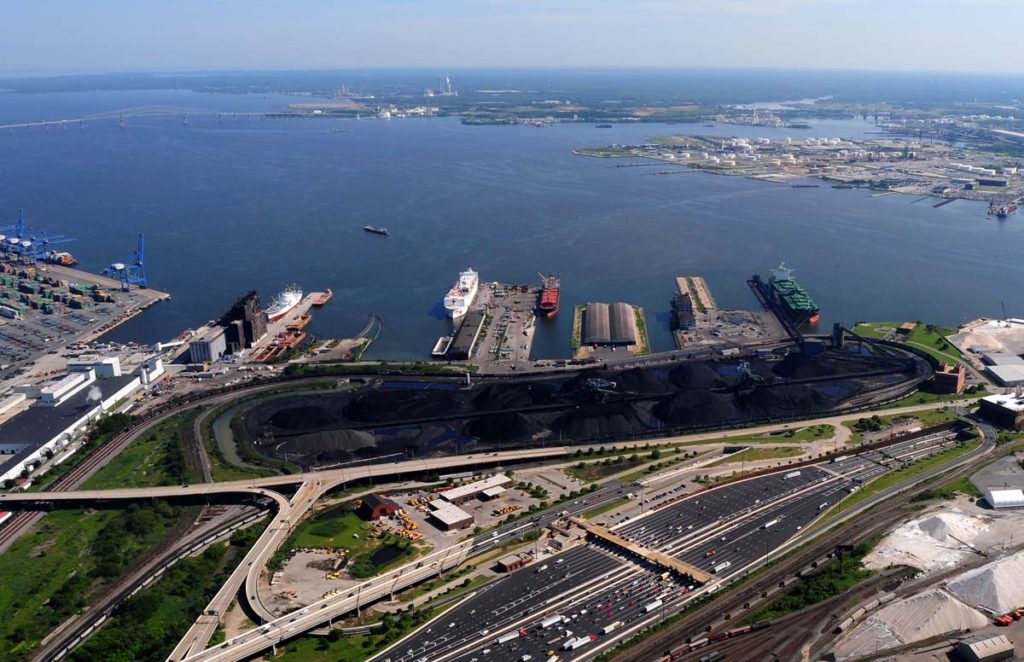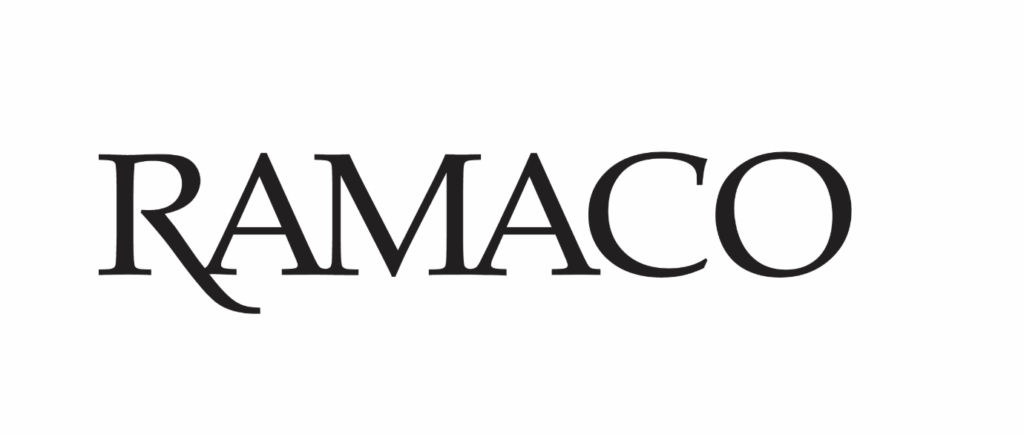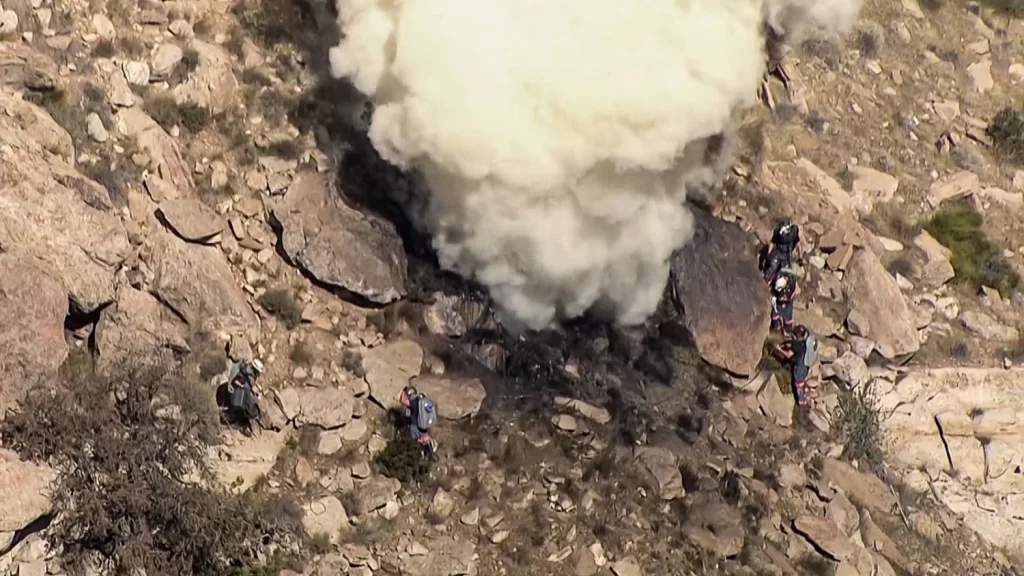U.S. coking coal exports declined substantially in August, falling by 17% year-on-year to 3.86 million tons. This drop follows a surge in shipments earlier in the summer, with a 40% jump in June and a 12% increase in July. The recent decline was primarily driven by weaker demand from key markets like India and Brazil, while exports to China saw continued growth due to domestic supply issues.
Declining Demand in India and Brazil
The decline in U.S. coking coal exports was heavily influenced by reduced purchasing from India and Brazil, two of the largest markets for American metallurgical coal. In August, shipments to India dropped by 37% to 578,000 tons. This downturn came after months of strong demand, which saw U.S. exports to India reach a record 5 million tons during the first half of the year. High inventory levels at Indian ports during August contributed to the reduced appetite for additional U.S. coal, even as the country’s steel production grew by 7.4% in the first six months of the year.
Similarly, exports to Brazil fell by 33% on the year to 406,000 tons in August, following a more modest decline of 5.78% during the second quarter. The Brazilian steel industry continues to struggle with high import volumes, which has limited domestic production and consequently reduced the need for imported coking coal.
Stable Prices Amid Lower Demand
Despite the drop in export volumes, U.S. coking coal prices remained relatively stable during the summer. After falling by $25 per ton in May, prices hovered around $195 per ton in early June and settled in the $187.50-$190.00 per ton range for July and August. The stability in prices reflects a balance between the high inventory levels in key markets and ongoing demand from other regions.
Rising Exports to China Amid Domestic Supply Issues
Contrary to the trends in India and Brazil, U.S. coking coal exports to China increased for the fourth consecutive month in August, reaching 815,000 tons—a 16% year-on-year rise. The surge in shipments followed a three-year high in June, when exports to China hit 1.14 million tons. This growth was driven by mine safety investigations in China’s Shanxi province, which impacted domestic production and increased the need for imported coal.
Outlook for U.S. Coking Coal Exports
The recent decline in U.S. coking coal exports highlights the volatility in global metallurgical coal demand, with fluctuations driven by economic conditions, steel production levels, and inventory management in major markets. While weaker purchasing from India and Brazil has slowed export growth, the ongoing issues in China’s domestic coal supply could continue to support demand for U.S. coking coal in the coming months.
Source: US Customs, Argus Media









